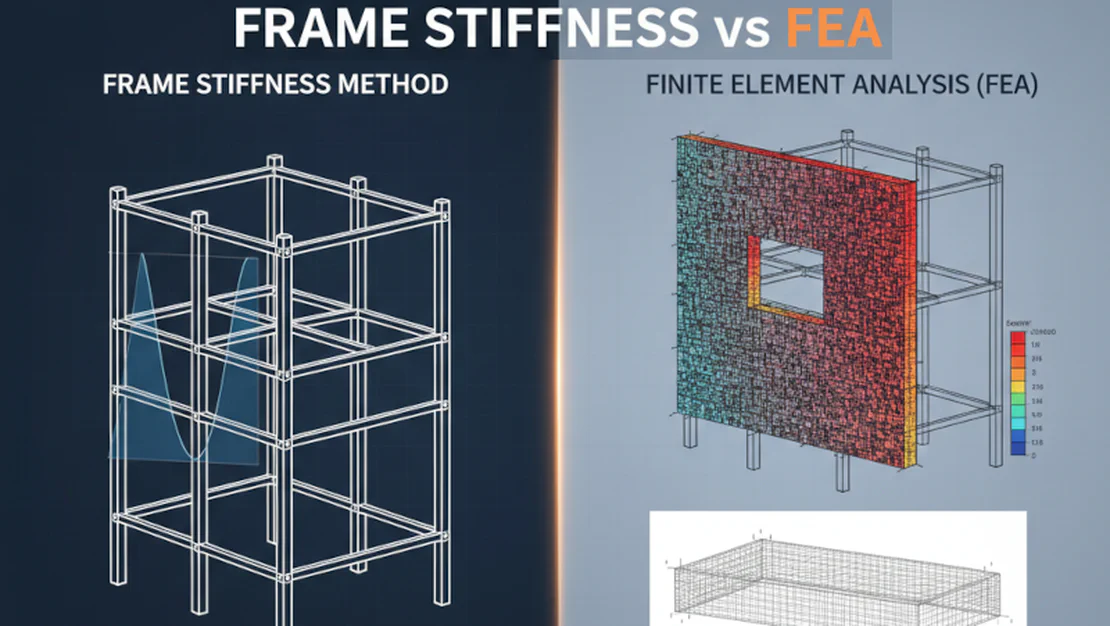
You’ve built a complex model, the render looks fantastic, and the software spits out pages of data. But deep down, there’s a nagging question: can I really trust these numbers?
read more
You’ve built a complex model, the render looks fantastic, and the software spits out pages of data. But deep down, there’s a nagging question: can I really trust these numbers?
read more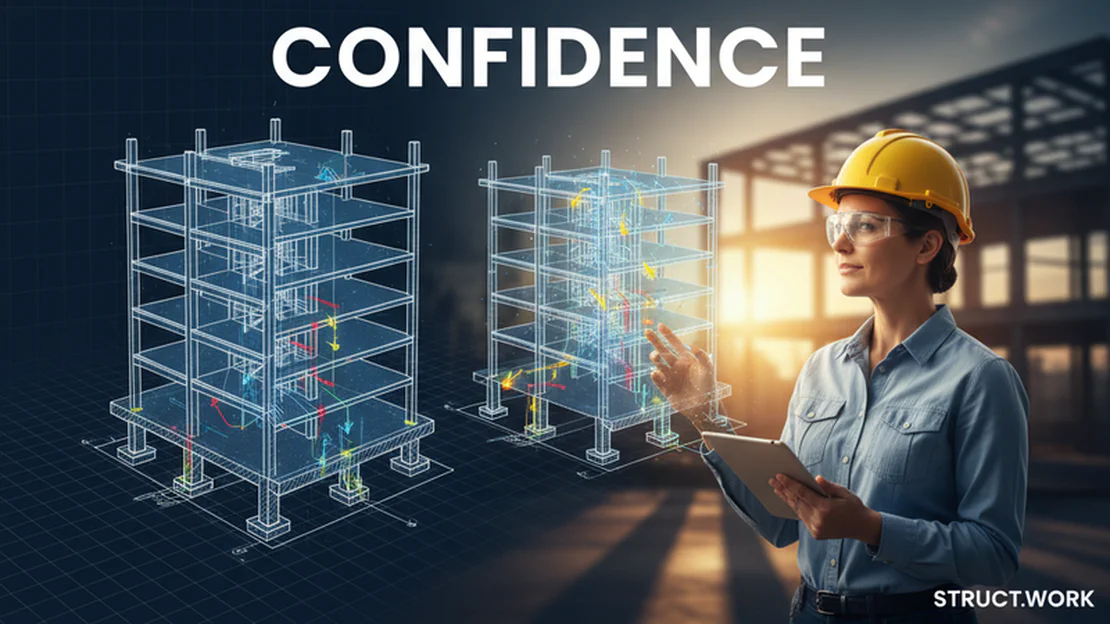
You’ve built the model in your go-to software, the geometry is correct, the loads are on, and the analysis runs without errors. But deep down, there’s a nagging question: does this model truly represent how the building will behave? Gaining real confidence in our structural models means moving beyond the default settings and challenging the convenient assumptions we often start with. It’s about embracing the philosophy of engineered precision found in Part 4 over the prescriptive paths of Part 9.
read more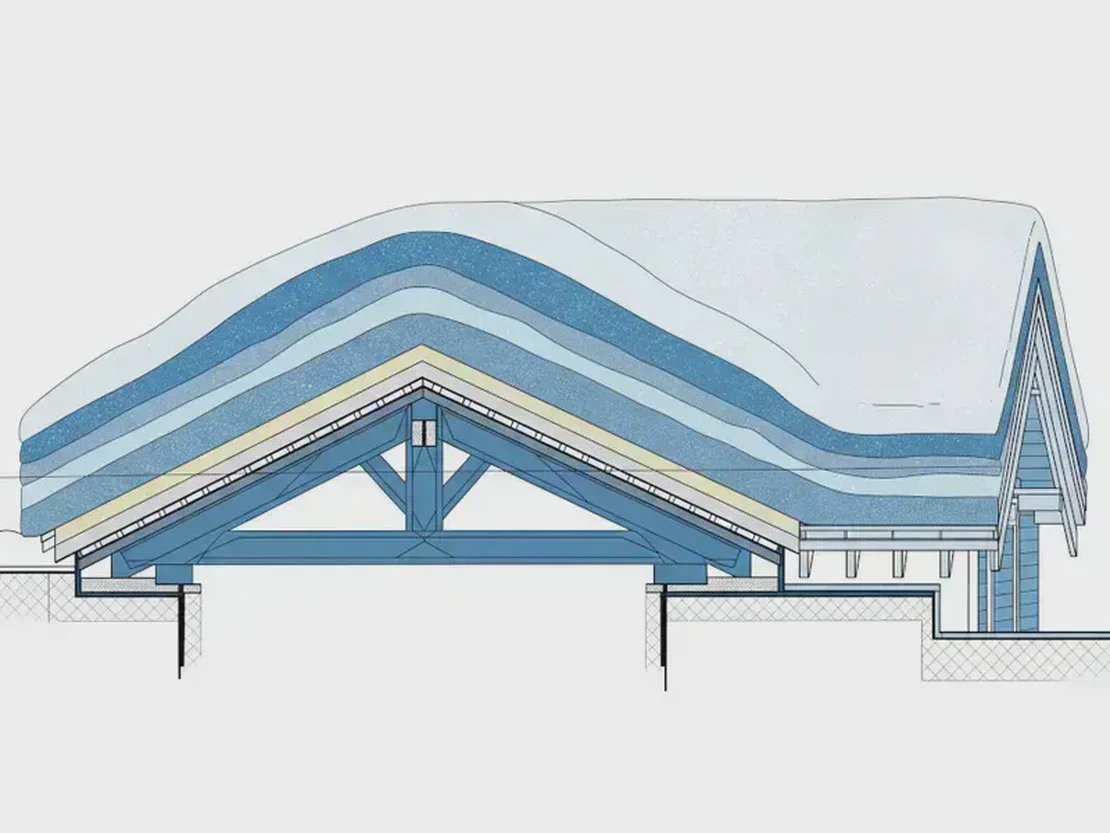
The first heavy, wet snow of the season is plastering everything in sight, and you get that familiar call from an architect: “We’re looking at a large, flat roof on this new project. What kind of snow load do we need?”
read more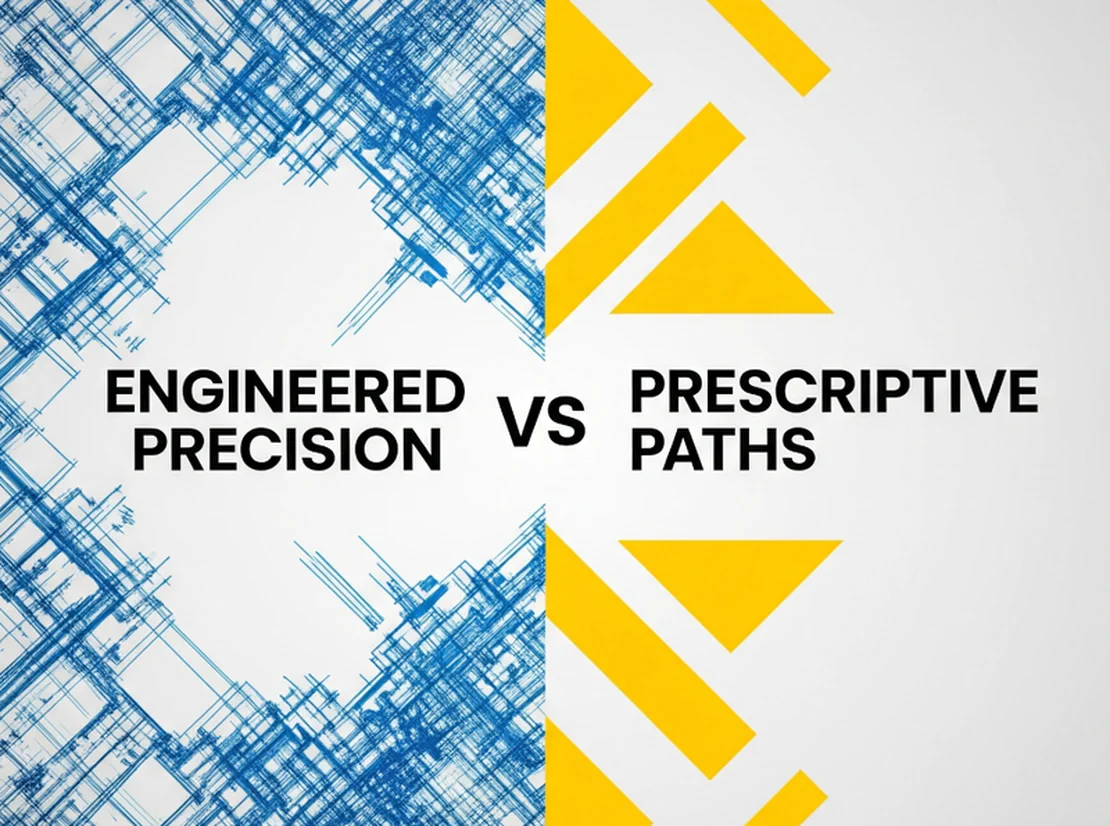
The National Building Code of Canada (NBCC) gives us two primary structural design pathways that show up in everyday practice: the engineered requirements of Part 4 and the prescriptive provisions of Part 9. Deciding which one applies—and where they overlap—is a fundamental part of our work as structural engineers in Canada.
read more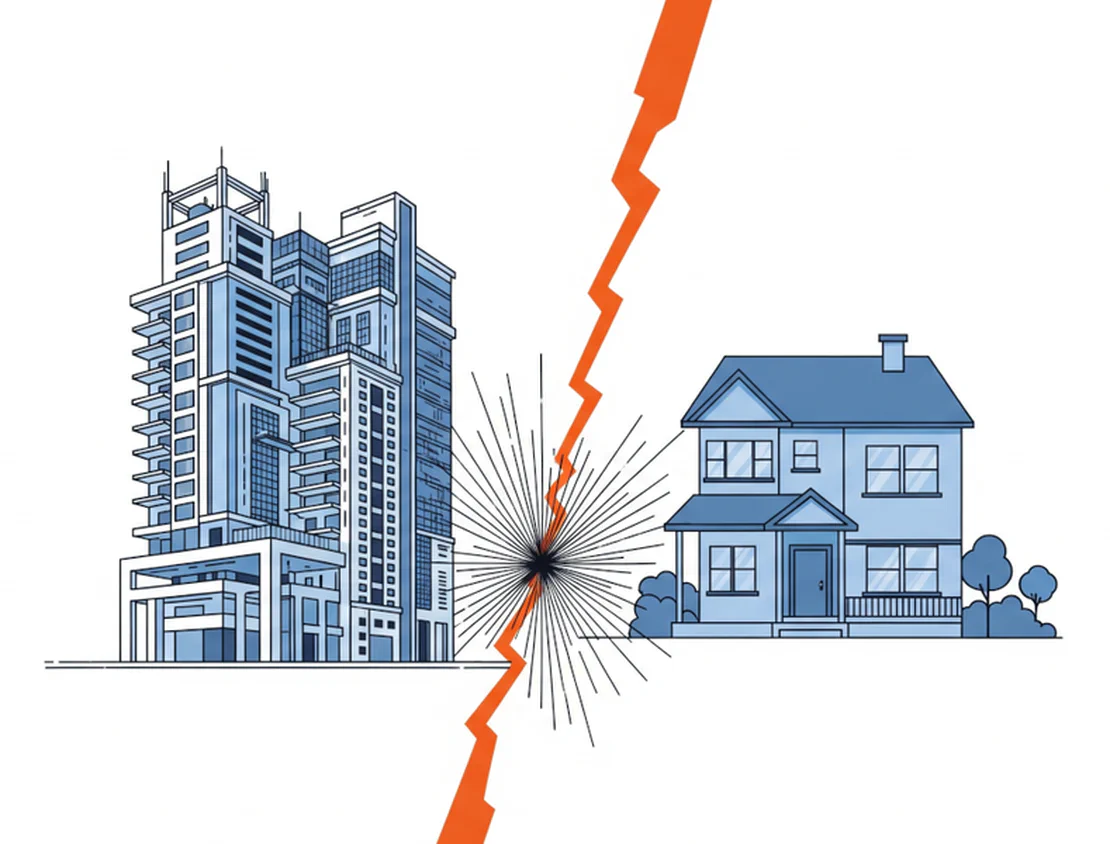
In this article we’ll be looking at seismic. Specifically, let’s chew on something that’s been a hot topic since the NBCC 2020 dropped: the growing gap in seismic design philosophies between Part 4 (Structural Design) and Part 9 (Housing and Small Buildings). If you’re juggling projects that dance on the edge of Part 9’s limits or work across different seismic zones in Canada, this is a conversation you need to be in on.
read more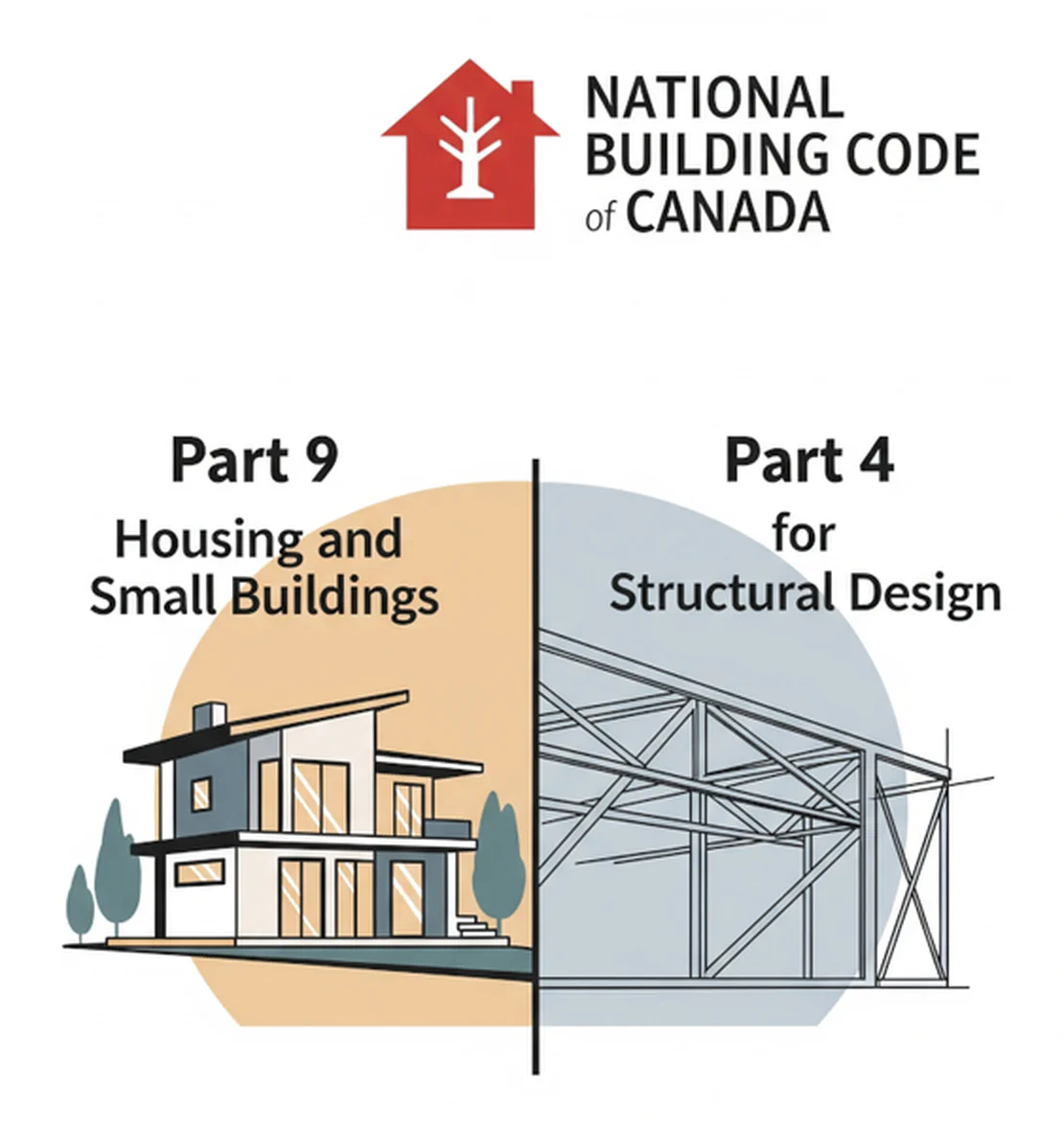
Let’s talk about something that trips up even seasoned engineers from time to time: figuring out exactly where National Building Code of Canada (NBCC) Part 9, “Housing and Small Buildings,” hands off the baton to Part 4, “Structural Design.” Get this wrong, and you could be heading for a world of compliance headaches, or worse, an under-designed structure. Get it right, and you’re setting your project up for success from day one.
read more